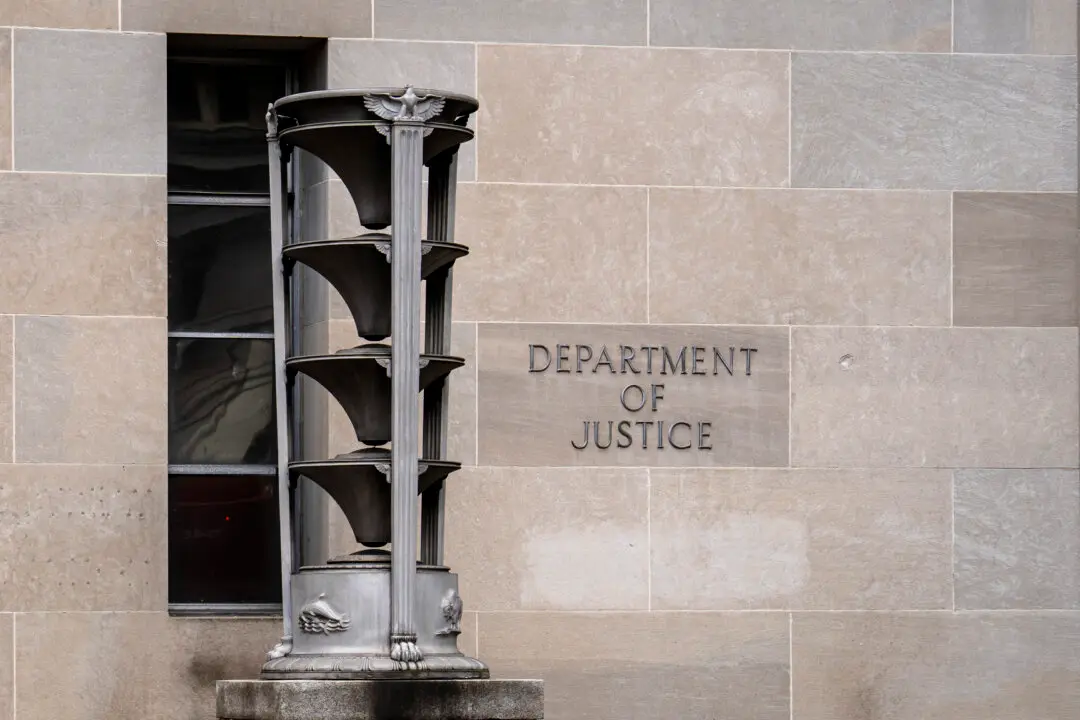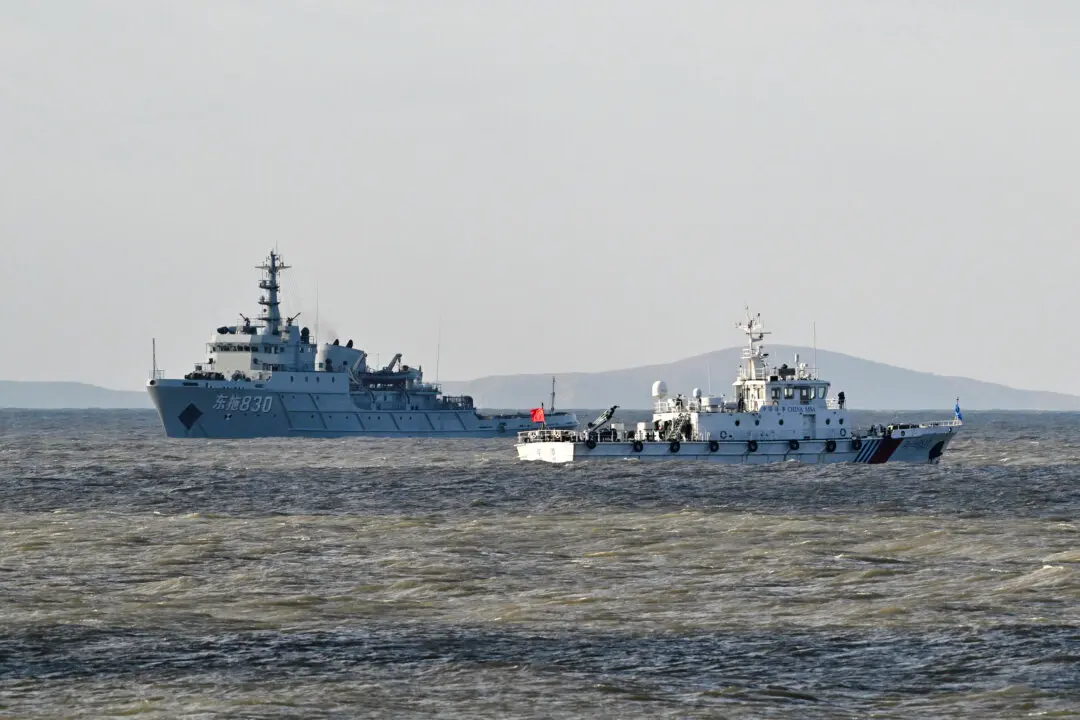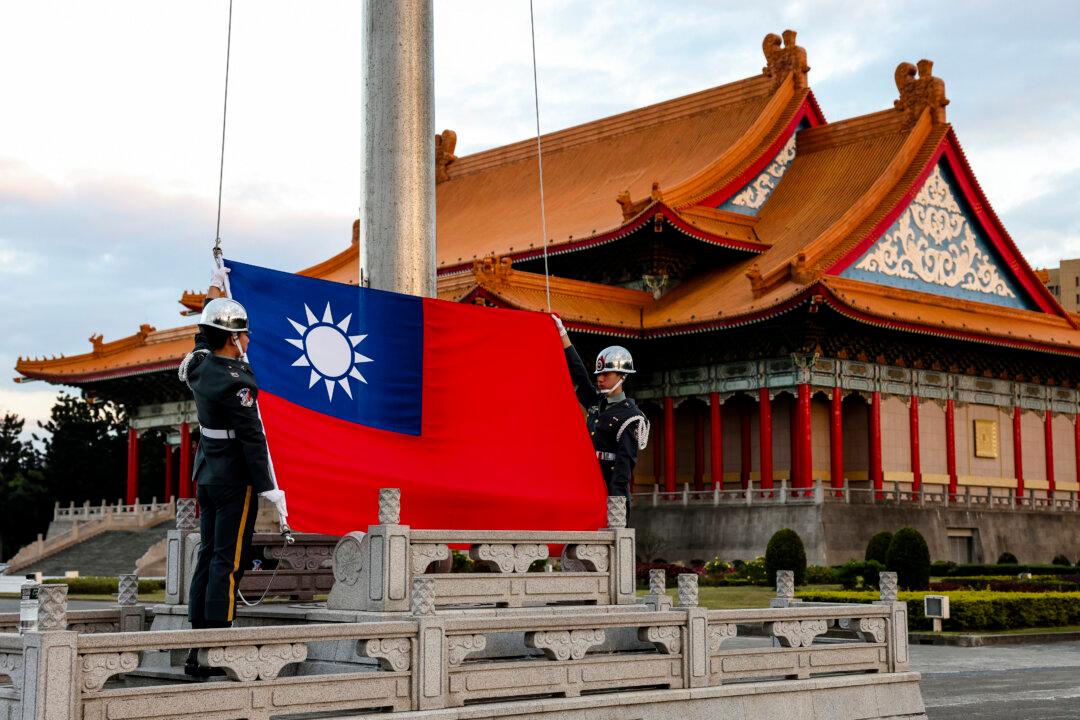In Burma (also known as Myanmar), thousands of locals turned out for a protest against the construction of a Chinese-backed dam, just days before the country’s top leader is set to visit Beijing.
More than 8,000 residents of Waingmaw, a town in northern Burma’s Kachin State that borders China’s Yunnan Province, took to the streets to demand that construction of the Myitsone dam be put on hold, according to an April 22 report by Radio Free Asia (RFA).





